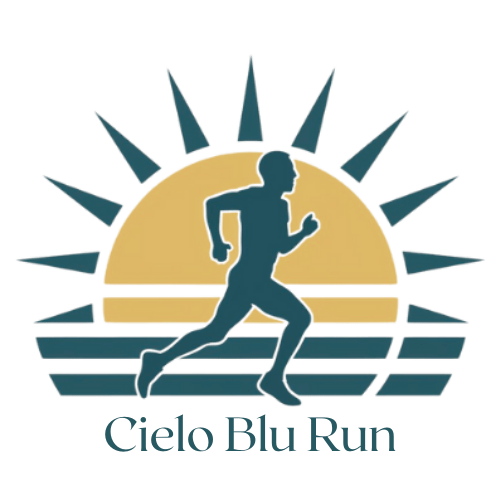Best Recovery Practices After a Half Marathon
Share
The Ultimate Guide to Half Marathon Recovery: What to Do After the Finish Line
You trained hard, pushed your limits, and crossed that finish line—congratulations! Running a half marathon is a significant accomplishment. But what you do immediately after the race is just as important as the miles you logged before it.
Proper half marathon recovery helps prevent injuries, reduces muscle soreness, and gets you back on your feet feeling stronger. Here’s a smart and effective guide on how to recover.
1. Immediate Post-Race: The First Hour
After a 13.1-mile race, your body is severely depleted of fluids and glycogen (your energy stores). The first hour after finishing is a critical window for recovery.
-
Hydration: Start sipping water or an electrolyte drink immediately. Your body loses a significant amount of fluid during the race, and replacing it is the top priority.
-
Nutrition: Within 30-60 minutes, eat a small meal with a mix of carbohydrates and protein. This combination helps restore glycogen and rebuild muscle tissue. (Think a banana with peanut butter, a recovery shake, or even chocolate milk.) It is best to avoid heavy or greasy foods, as your stomach might still be sensitive.
2. Gentle Movement: Cooling Down Properly
It's tempting to collapse on the ground or the nearest couch, but you should resist the urge to stop completely. Going from a high-intensity run to a standstill can cause blood to pool in your legs, leading to stiffness and lightheadedness.
-
Walk It Out: Take a slow, leisurely walk for 10-20 minutes after the race. This gentle movement helps your body cool down gradually, keeps blood flowing, and aids in flushing out metabolic waste, which can reduce soreness.
3. Active Recovery and Self-Care: The Days After
Once your body has cooled down, the real work of recovery begins. This is where you can actively help your muscles repair and rejuvenate.
-
Stretching and Foam Rolling: Spend time stretching your major muscle groups, especially your calves, quads, hamstrings, and hips. Follow this with a session of foam rolling. While it might be uncomfortable, foam rolling can help release muscle tension and improve circulation.
-
Active Recovery: In the days following the race, prioritize low-impact activities. (Things like swimming, cycling, or yoga help increase blood flow without putting stress on your joints.) This active recovery is a key part of the healing process.
A Sample Recovery Timeline
| Time After Race | Recovery Action | Goal |
| First Hour | Rehydrate with water/electrolytes; consume carbs and protein. | Replenish fluids and glycogen stores. |
| Day 1-2 | Rest or gentle walking. Foam roll major muscle groups. | Reduce inflammation and soreness. |
| Day 3-4 | Light cross-training (e.g., swimming, cycling). | Promote blood flow without high-impact stress. |
| Day 5-7 | Resume short, easy runs (if you feel good). | Ease back into running routine gradually. |
4. Holistic Recovery: Beyond the Miles
True recovery is more than just stretching; it's a holistic process that involves your entire body.
-
Prioritize Sleep: Sleep is arguably the most underrated recovery tool. Aim for 8-9 hours of sleep each night after your race. Your body performs most of its repair work during deep sleep, including muscle recovery and immune system support. (A study in the Journal of Sports Sciences found that a lack of sleep can increase the risk of injury by as much as 60%.)
-
Listen to Your Body: No recovery plan is one-size-fits-all. Pay close attention to how your body feels and adjust accordingly. If your knees are sore, take an extra rest day. If you feel mentally fatigued, give yourself grace and a break from the pressure of a running schedule.
5. The Role of the Right Gear
While the right running apparel is essential for the race itself, certain running accessories can also aid in the recovery process. Compression socks, for example, can help improve blood circulation and reduce muscle soreness in the days following a race. Investing in these tools is not a luxury; it’s a commitment to your long-term health as a runner.
Remember: Recovery is not a break from training—it is an essential part of the training process itself. By respecting your body's needs, you will come back stronger, faster, and more resilient.
CieoBlu Run

